By C1 Staff
Prison isn’t the first place you’d think of when naming where authors might have penned their greatest works, but sometimes success can come from places you least expect.
Here are eight works of literature that were written while their authors were behind bars, as originally detailed by the History Channel.
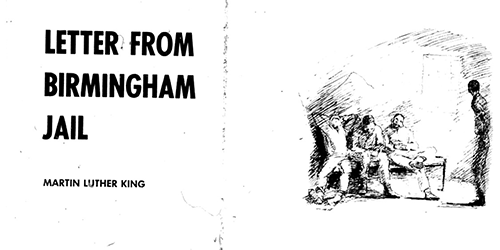
Image Ned Stuckey-French
1. Martin Luther King’s “Letter from Birmingham Jail”
Dr. King Jr. was put in a Birmingham, Ala. Jail on charges of leading a public demonstration without a permit. During his nine-day sentence, King used margins of newspapers and bits of toilet paper to draft a response to a group of clergymen that had denounced his fight against segregation. The 7,000-word essay used quotes from ST. Thomas Aquinas, Thomas Jefferson and others to examine the nature of unjust laws and civic responsibility. The scraps of paper were then smuggled out of the jail by King’s associates and typed up to be ready before King’s release. The letter then appeared in publications across the nation, and became a touchstone of the American civil rights movement.
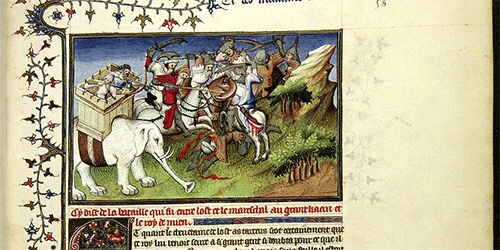
Image Wikipedia
2. Marco Polo’s “Travels”
After being captured while leading a Venetian galley into battle against rivals from Genoa, Marco Polo passed time during his incarceration by regaling fellow inmates with tales of his journeys in China and his years spent in the employ of the Mongol ruler Kublai Khan. His yarns caught the attention of writer and fellow prisoner Rustichello of Pisa; together, they collaborated on the book “Description of the World,” more commonly known as “Travels.” Though the epic often embellished Polo’s stories, it sealed his legacy as one of the world’s great explorers.

Image Oceans Vibe
3. Nelson Mandela’s autobiography
Nelson Mandela began secretly writing his autobiography while confined to an 8-by-7-foot cell on Robben Island in 1974. Using fellow inmates as sounding boards, Mandela even had another inmate painstakingly transcribe his manuscript into tiny text to save space. Once the book was completed, Mandela buried the original copy in the prison garden. Officers eventually discovered it, but by then other inmates had been released and smuggled copies of the book out with them. The book remained unreleased until 1994, when Mandela used it to shape his most famous novel, “Long Walk to Freedom.”
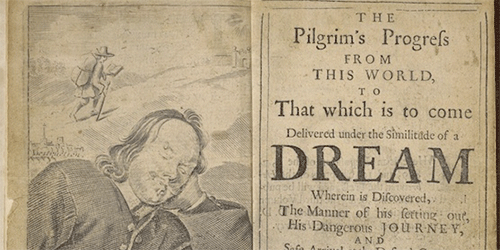
Image Manifold Greatness
4. John Bunyan’s “The Pilgrim’s Progress”
John Bunyan first made a name for himself as a popular separatist preacher in the late-1650s. He eventually drew the ire of the English monarchy, who believed that it was illegal for him to hold religious gatherings that did not conform to the Anglican Church. He was arrested and sentenced to three months in 1660. But since he refused to stop preaching, Bunyan eventually spent 12 years behind bars. He used this time to work on “The Pilgrim’s Progress,” a religious allegory that follows the adventures of a Christian crusader who endures trials and tests on his journey to a paradise called “Celestial City.” Bunyan published the book upon his release in 1678 and it became an instant success.
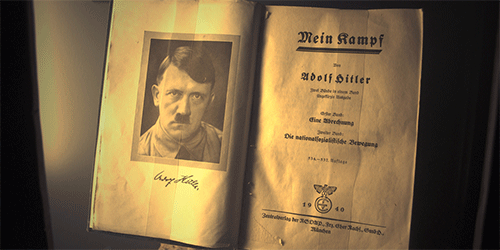
Image DC Carbone
5. Adolf Hitler’s “Mein Kampf”
Adolf Hitler led members of the Hitler Party in a failed coup known as the “Munich Beer Hall Putsch,” landing him in prison on charges of high treason in 1923. There, he wrote “Mein Kampf” (“My Struggle”), a volume that was both memoir, political tract and racist screed. It was effectively the schematic for the “Third Reich” that Hitler would go on to create as Germany’s ruler. In the book, he describes the need to preserve the purity of Germany’s Aryan race and outlines a plan to strike a blow of revenge against nearby France and Russia. Volume one of “Mine Kampf” was initially a flop, but later sold millions of copies during the Nazi’s rise to power.
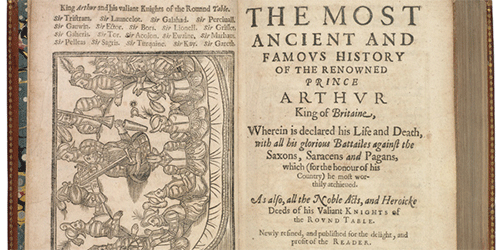
Image Bodleian
6. Sir Thomas Malory’s “Le Morte d’Arthur”
Sir Thomas Malory, according to historical notes, was allegedly a rouge who was repeatedly jailed for crimes ranging from extortion and attempted murder to theft and rape. Under lock and key in 1470, Malory placed the finishing touches on “Le Morte d’Arthur,” the book that would later introduce the world to Excalibur and the Knights of the Round Table.
7. Marquis de Sade’s “120 Days of Sodom”
The French writer Marquis De Sade spent more than a third of his life in prison for acts of sexual cruelty and violence. He secretly wrote “The 120 Days of Sodom,” a story of torture, rape and depravity that he proudly called “the most impure tale that has ever been told since our world began,” in 1785 while incarcerated in the Bastille. The entire thing was written on a single, 39-foot-long roll of paper and stashed in a crack in the wall of his cell to keep it from being confiscated. Sade eventually lost track of the lone copy after he was transferred to a new prison during the French Revolution, and the book wasn’t rediscovered and published until after his death in 1814. The book has since been repeatedly banned and denounced as obscene, but in 2014, a French museum owner paid 7 million Euros to buy the original handwritten manuscript.
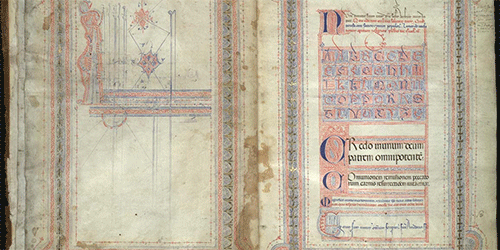
Image Metafiller
8. Boethus’ “Consolation of Philosophy”
Anicius Manlius Severinius Boethius was unjustly accused of treason in the 520s and sentenced to death, after spending most of his life as one of Italy’s most influential philosophers and statesmen. While he awaited his fate, Boethius wrote on “Consolation of Philosophy,” an examination of the nature of evil, free will and divine providence. The book consists of a Socratic dialogue between the condemned Boethius and Lady Philosophy, who soothes Boethius by reminding him that a “higher good” controls the universe. His death sentence was eventually carried out around 524 A.D., but his “Consolation of Philosophy” went on to become one of the most widely studied texts of the Middle Ages.












